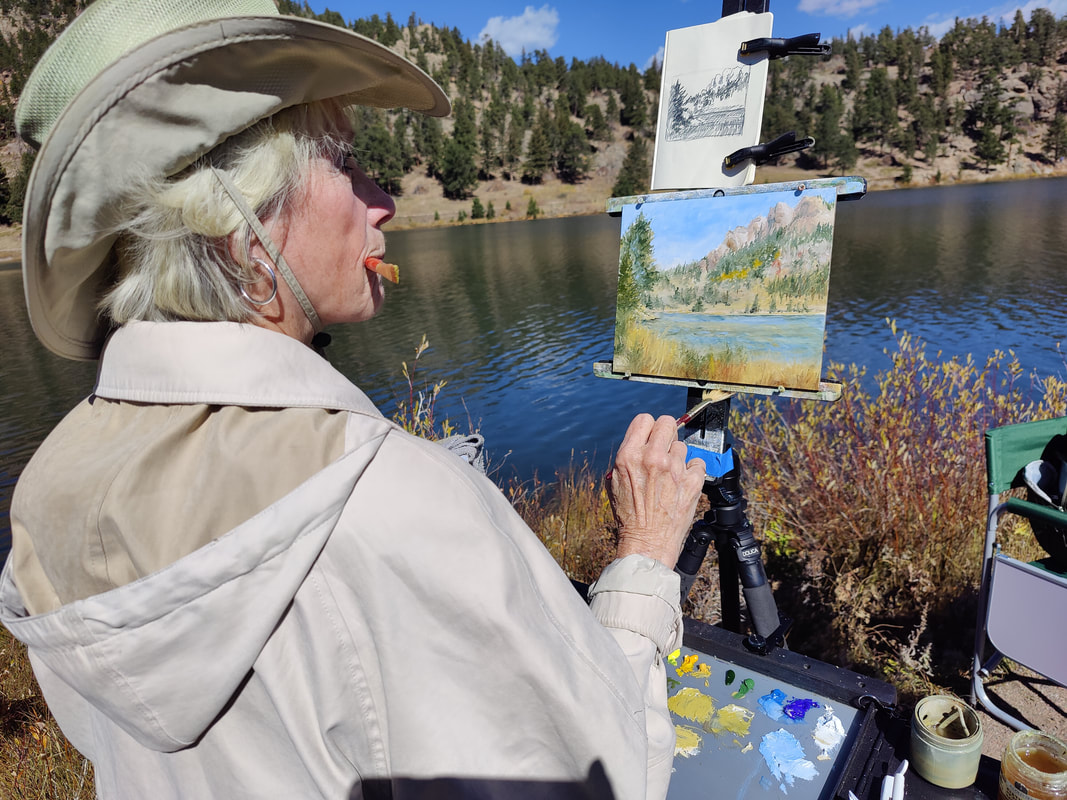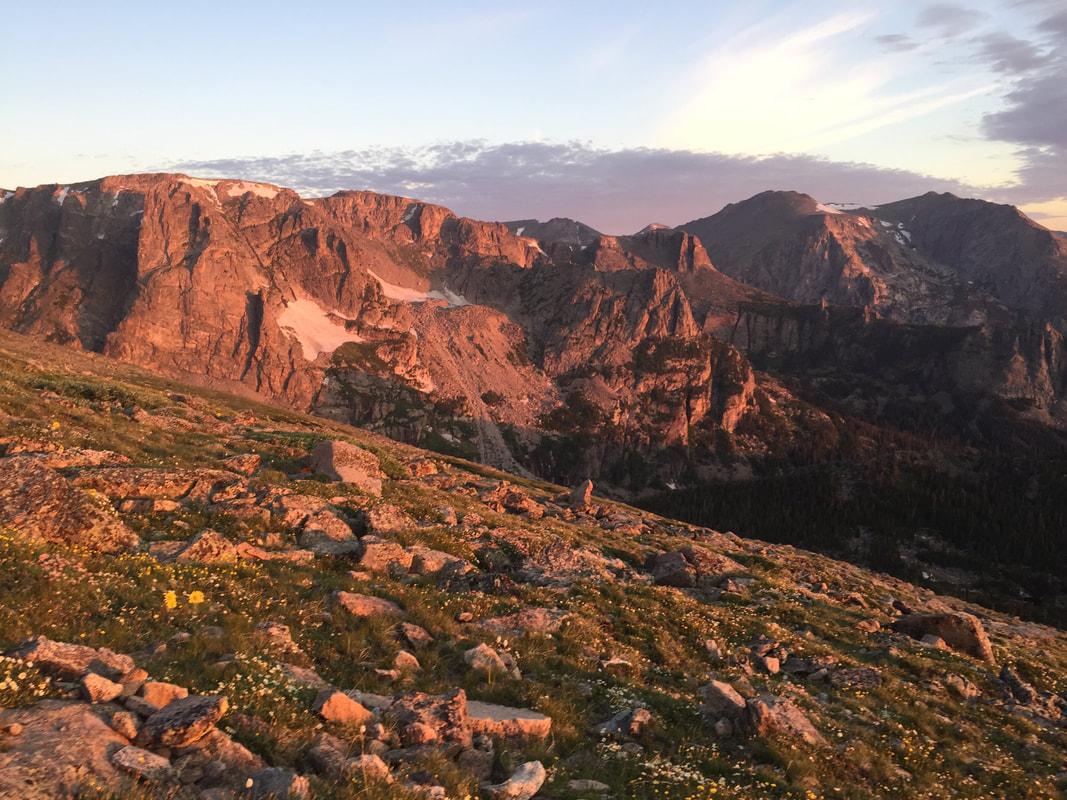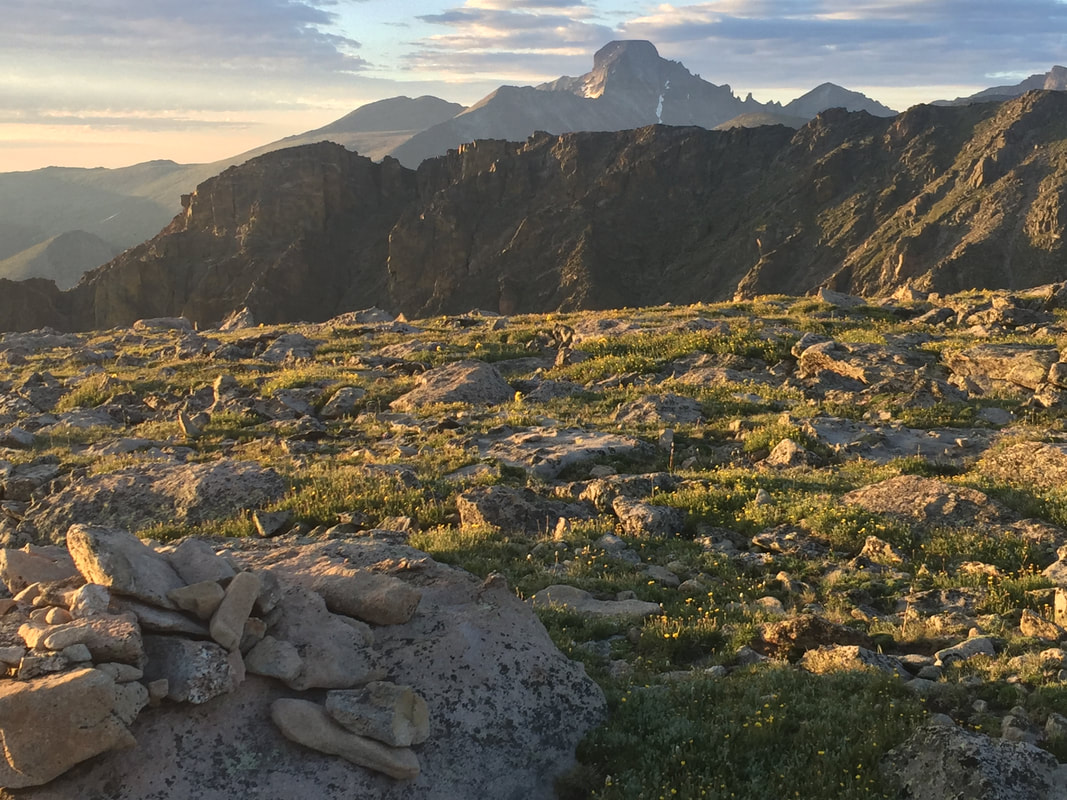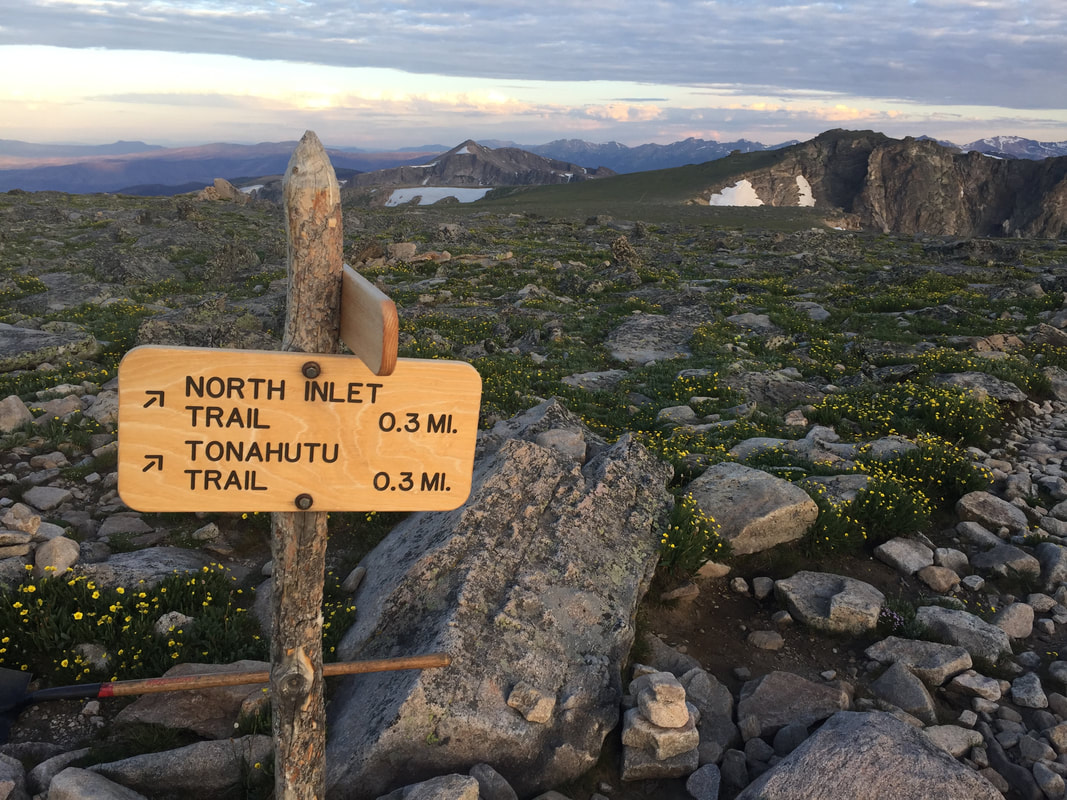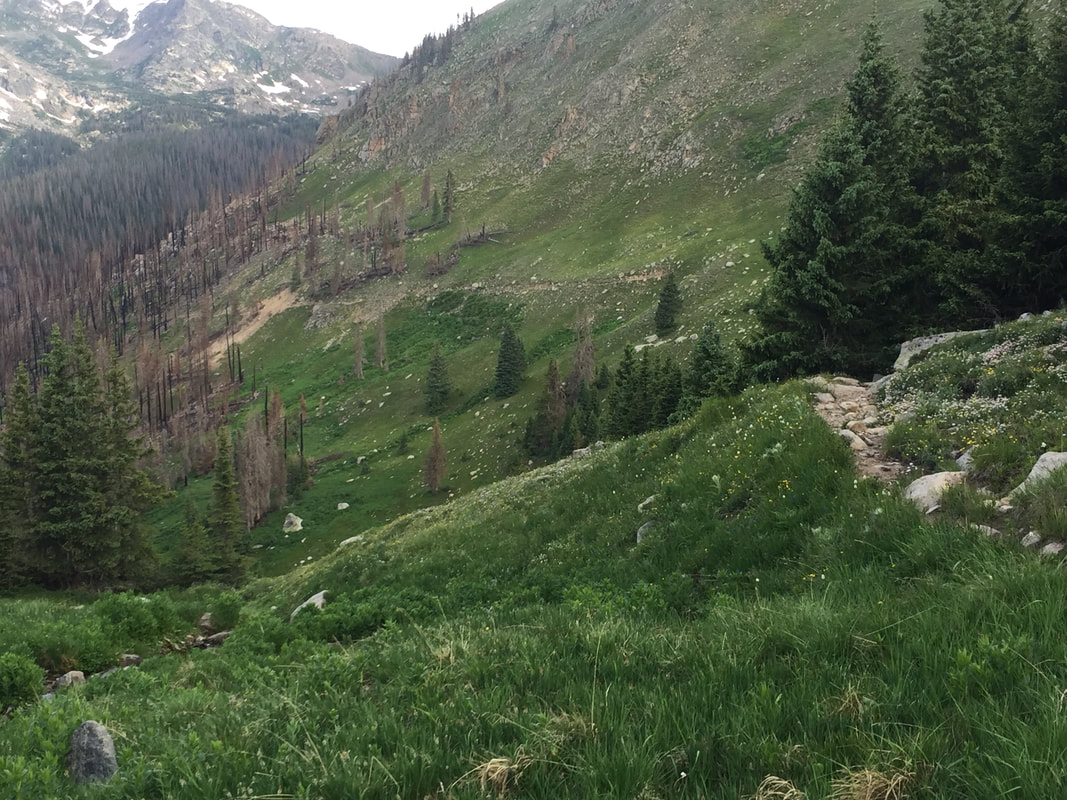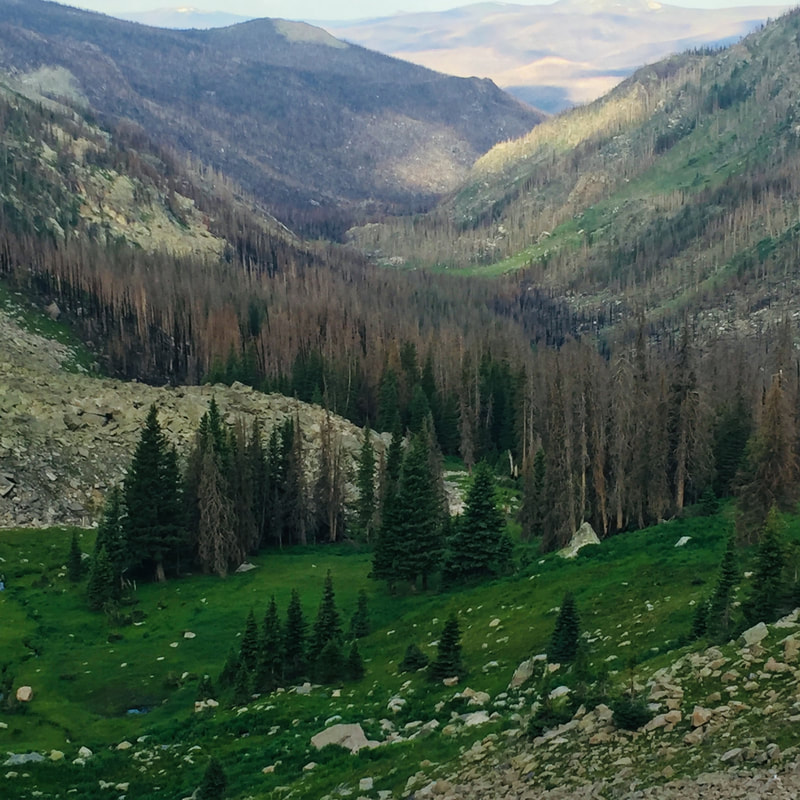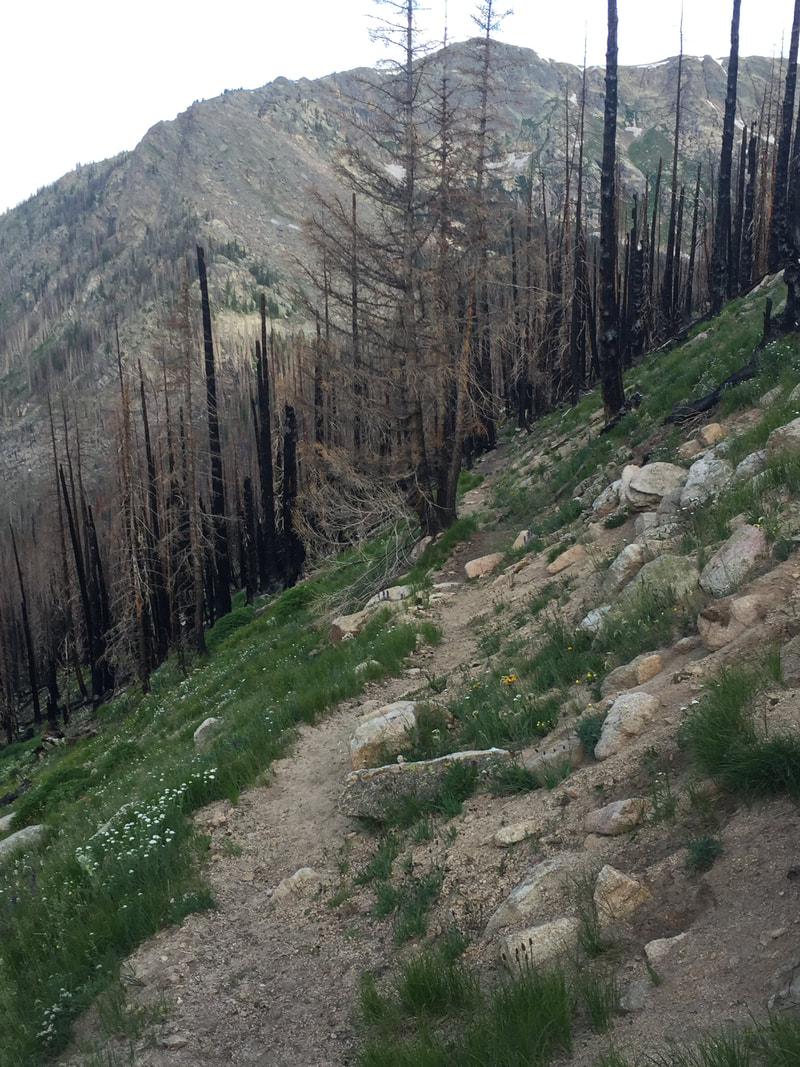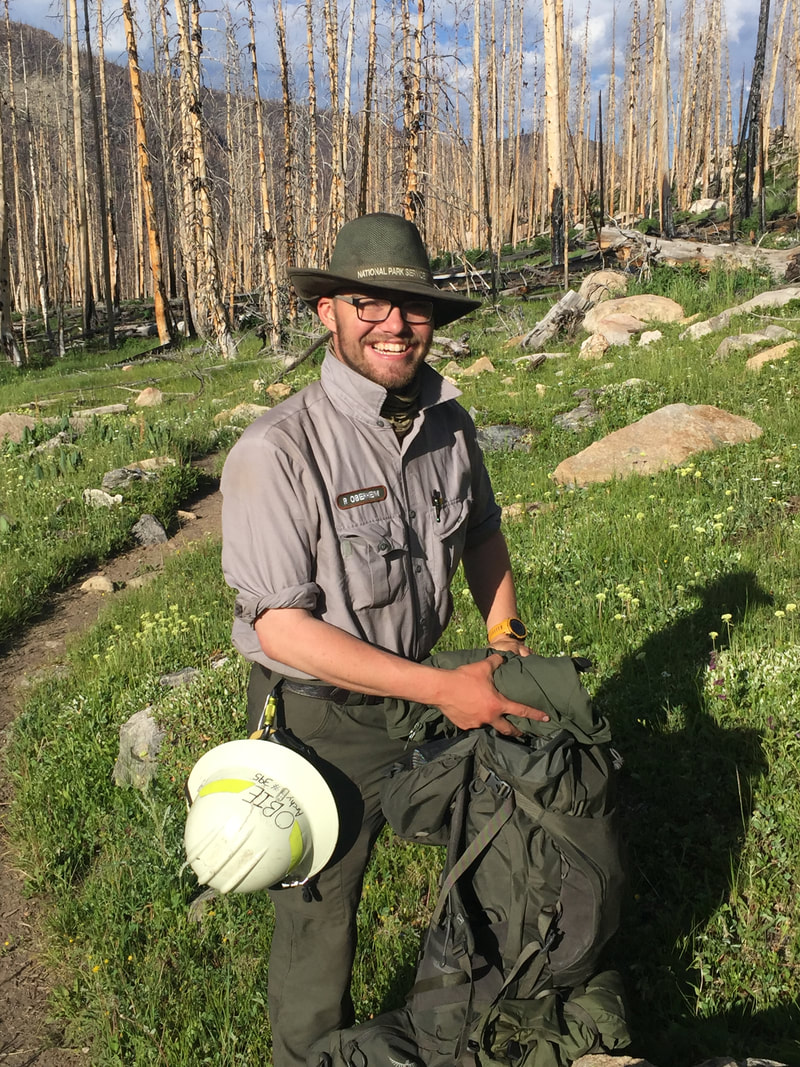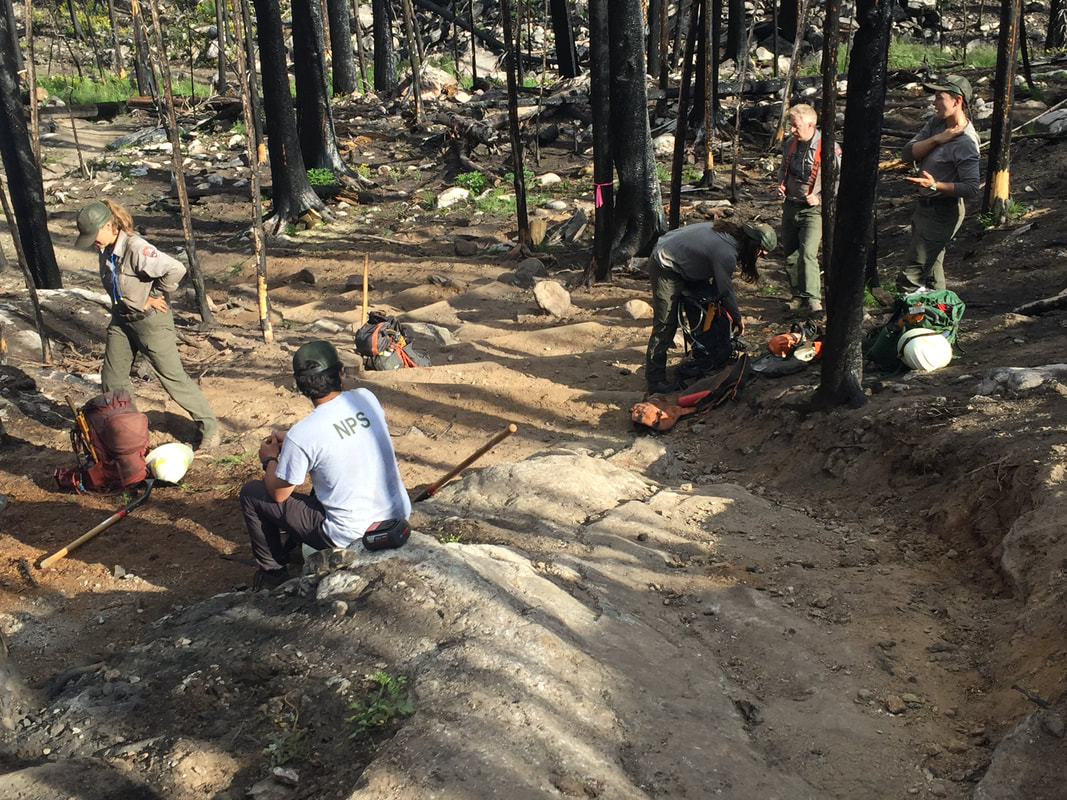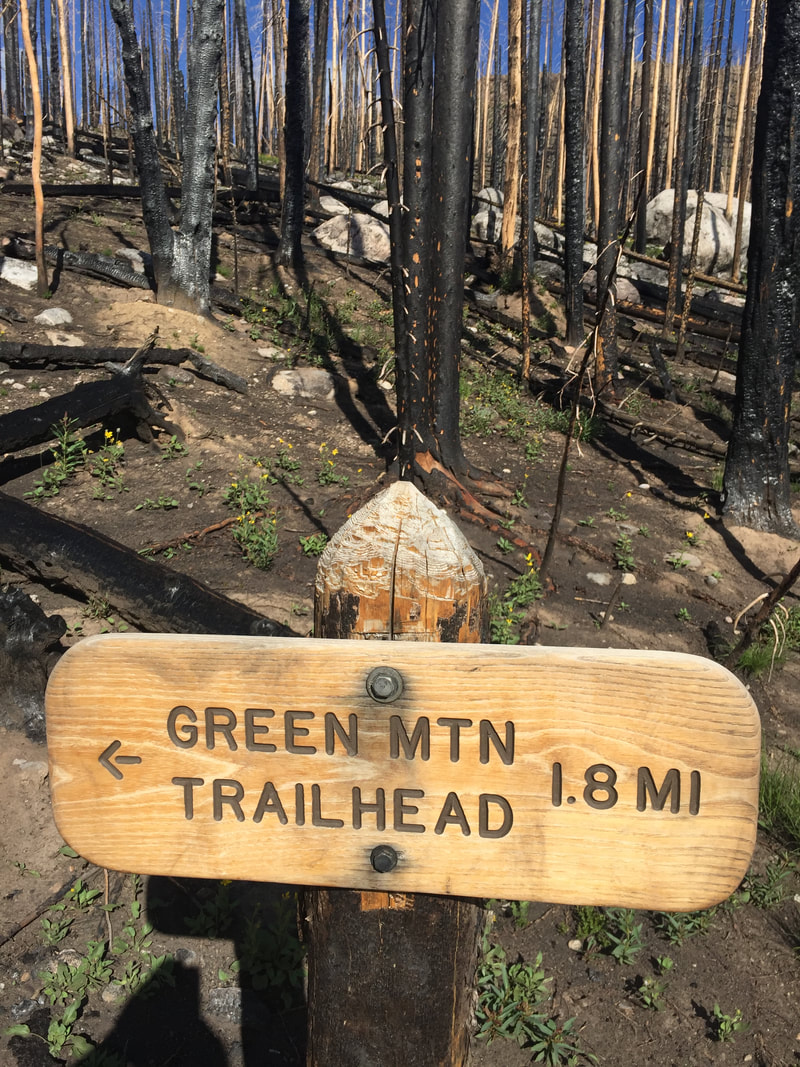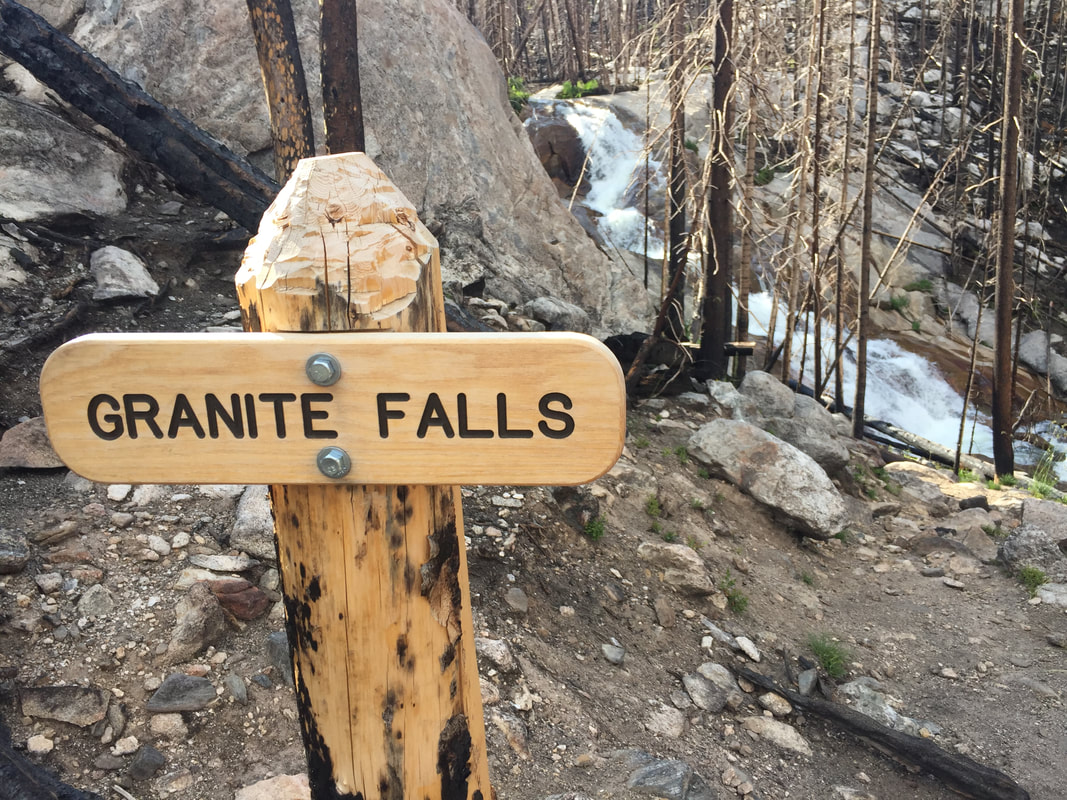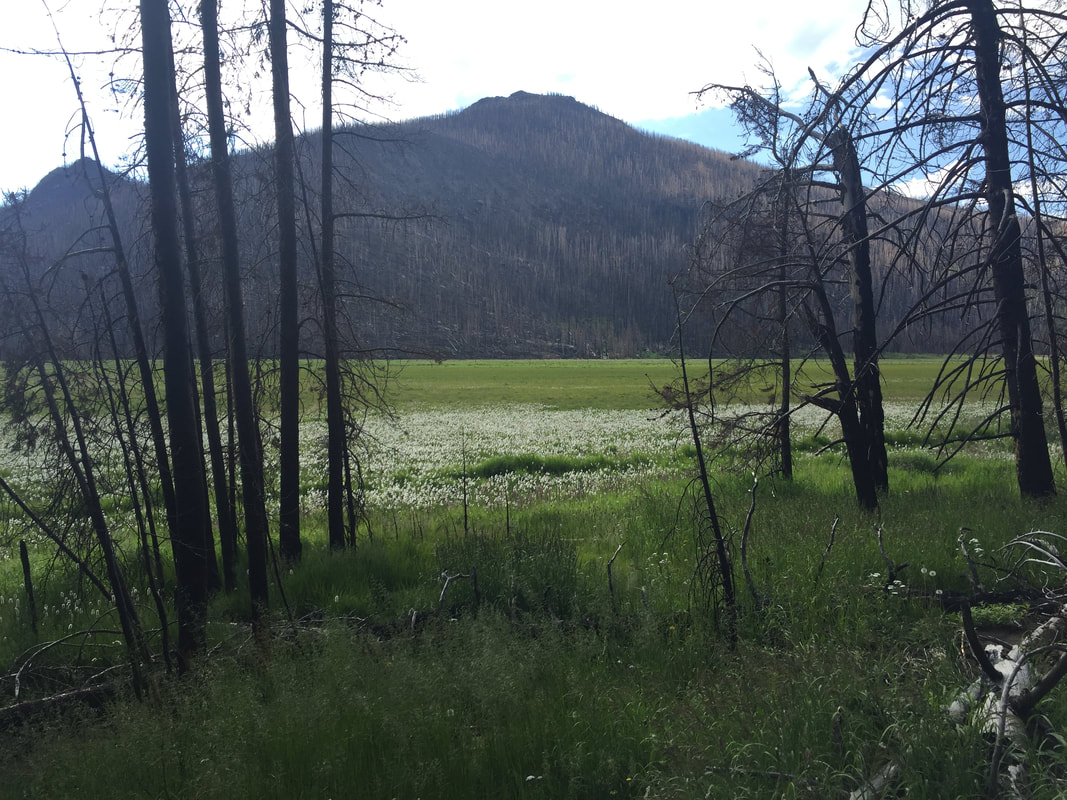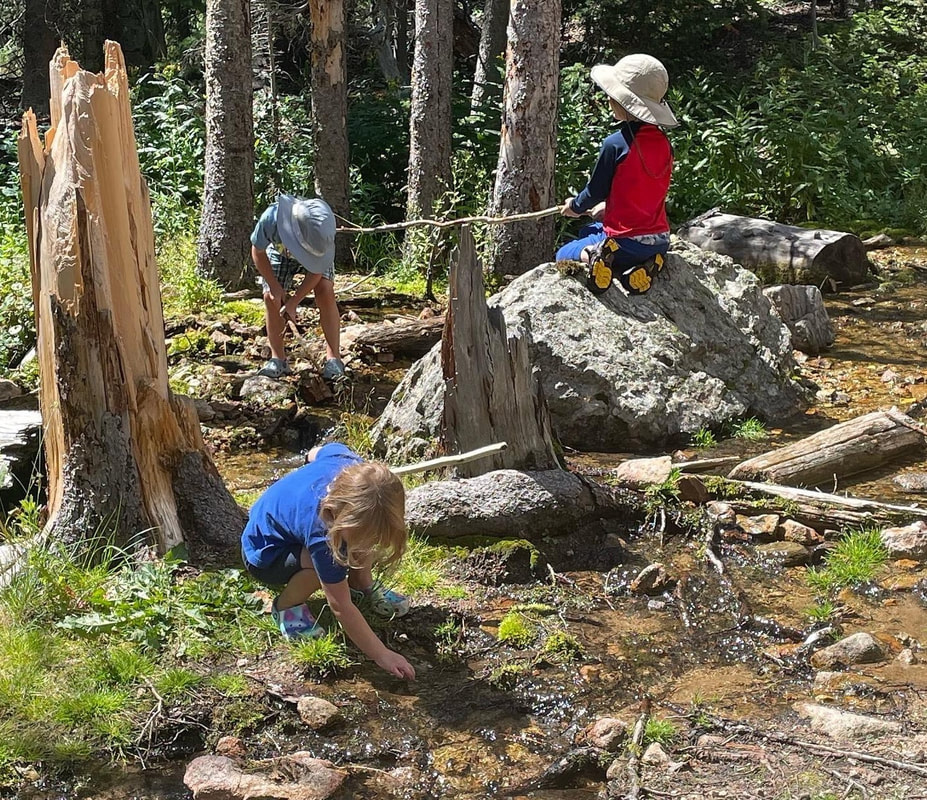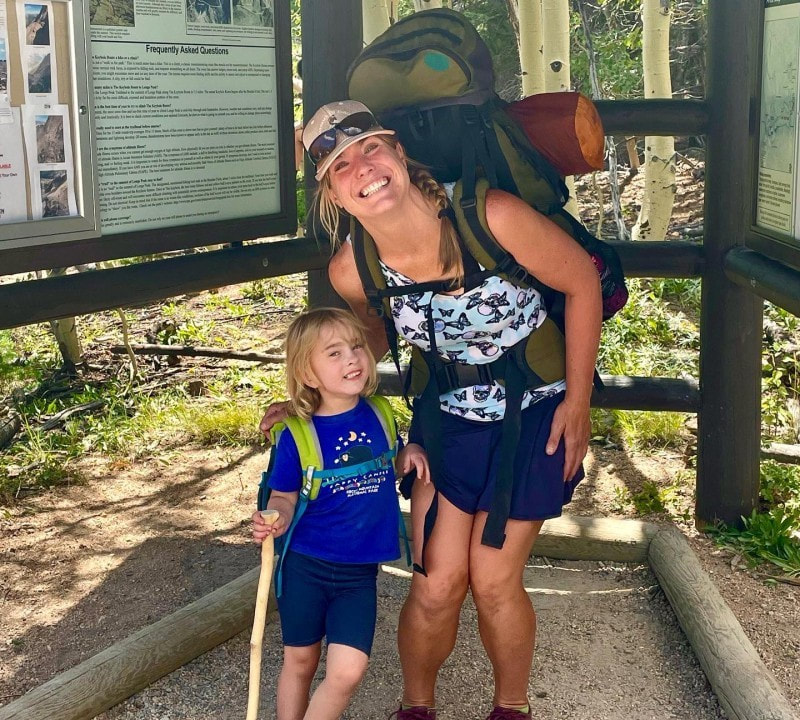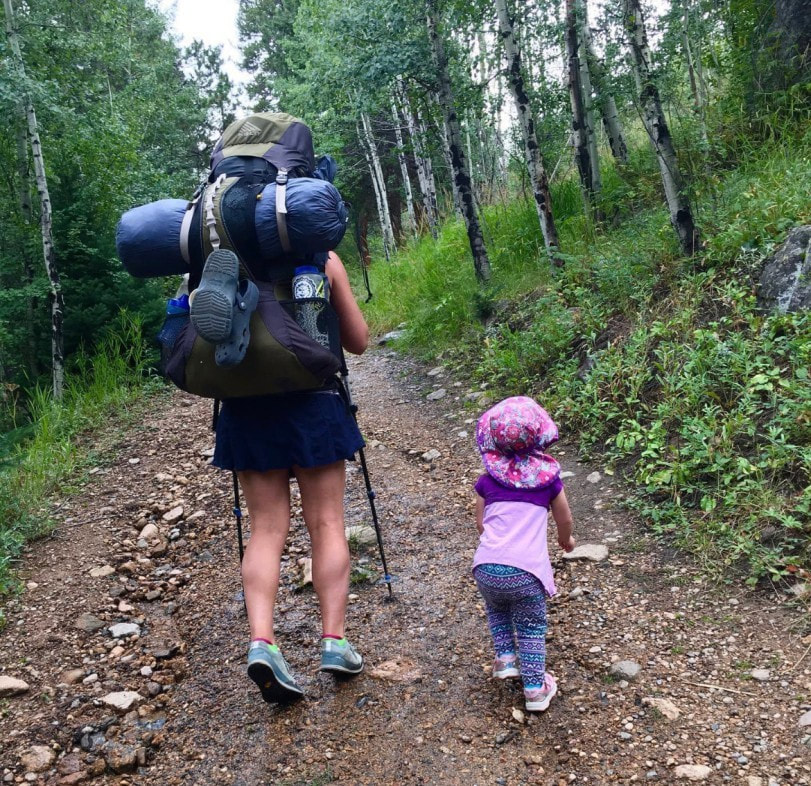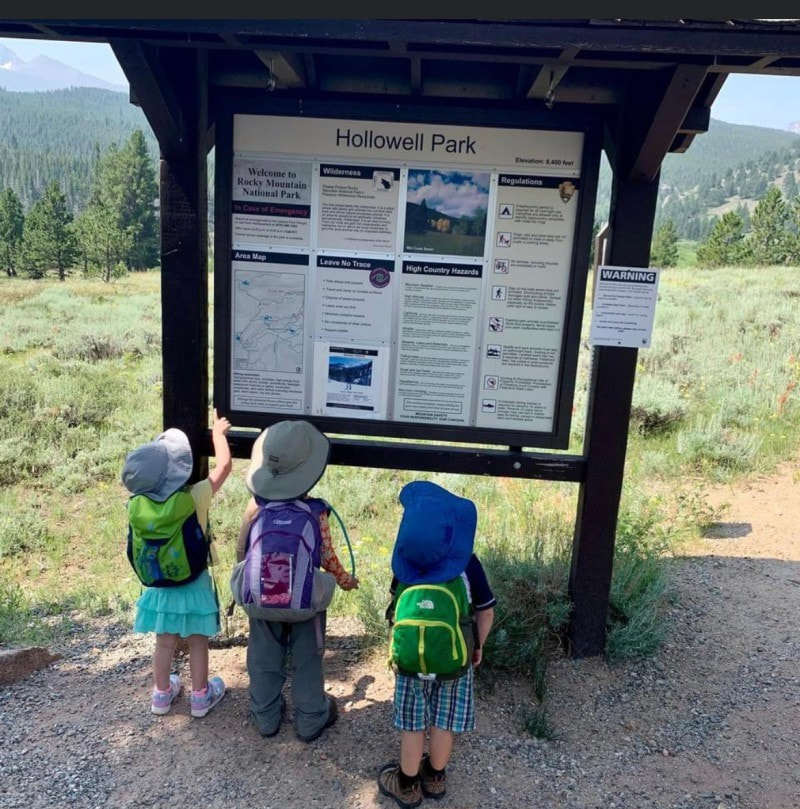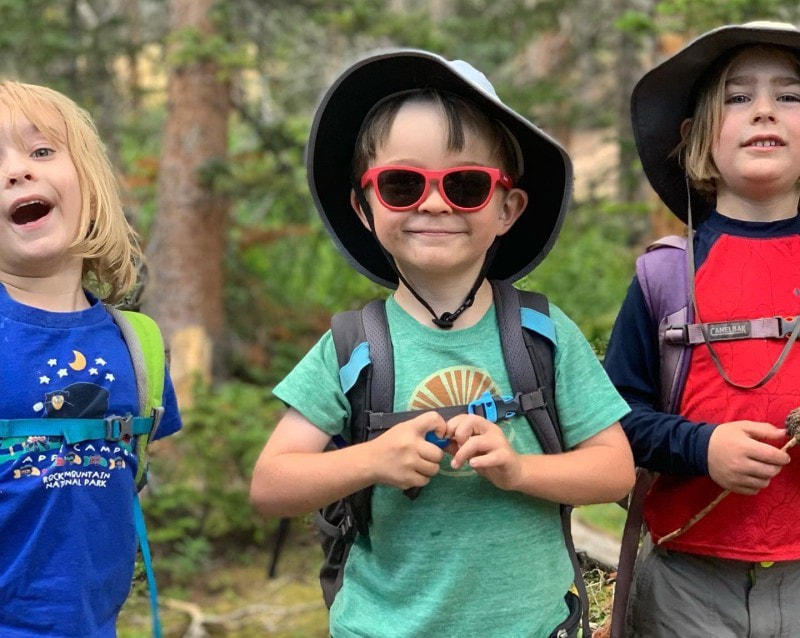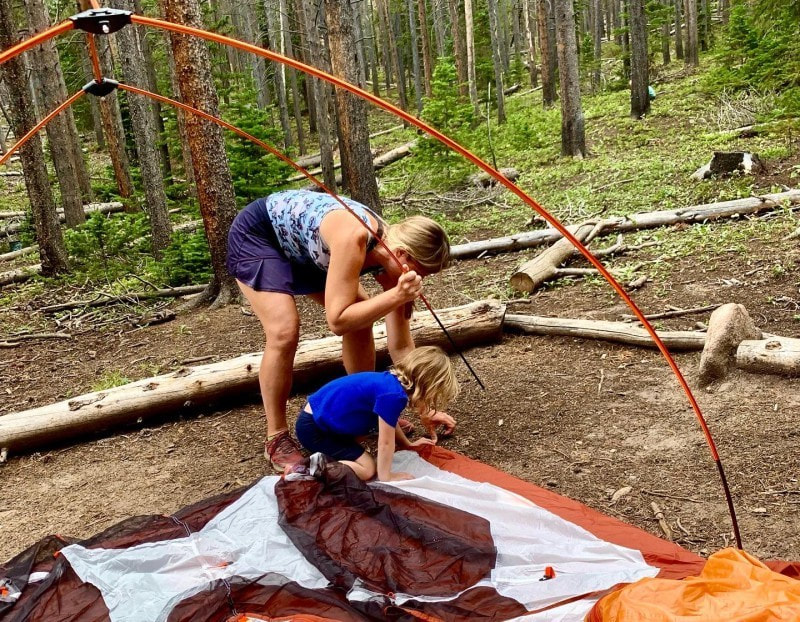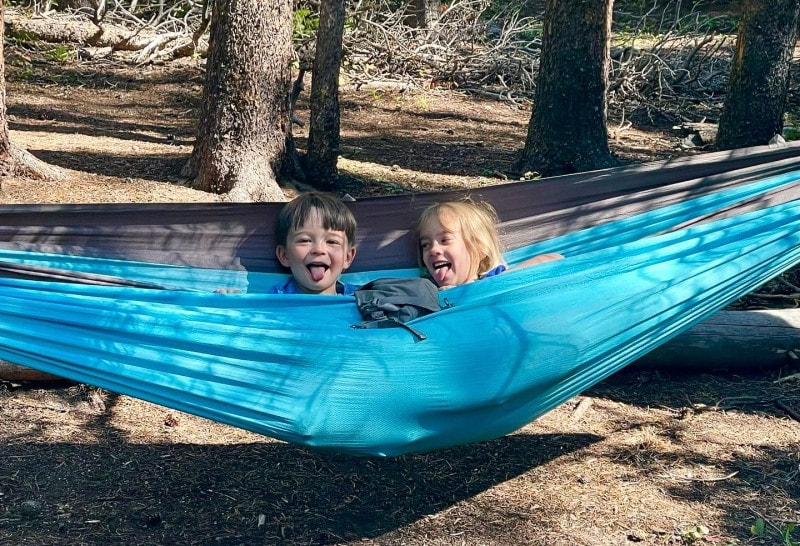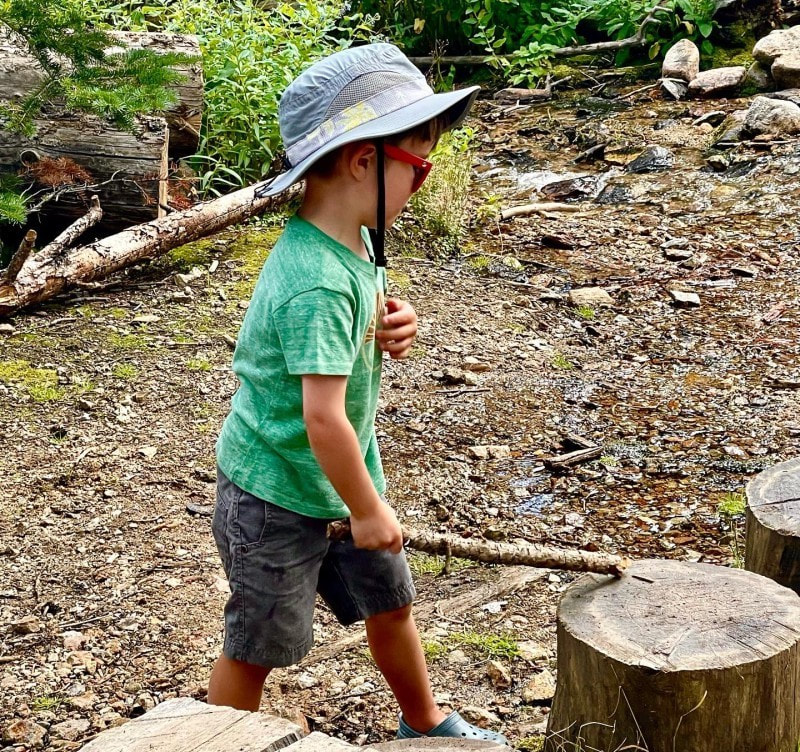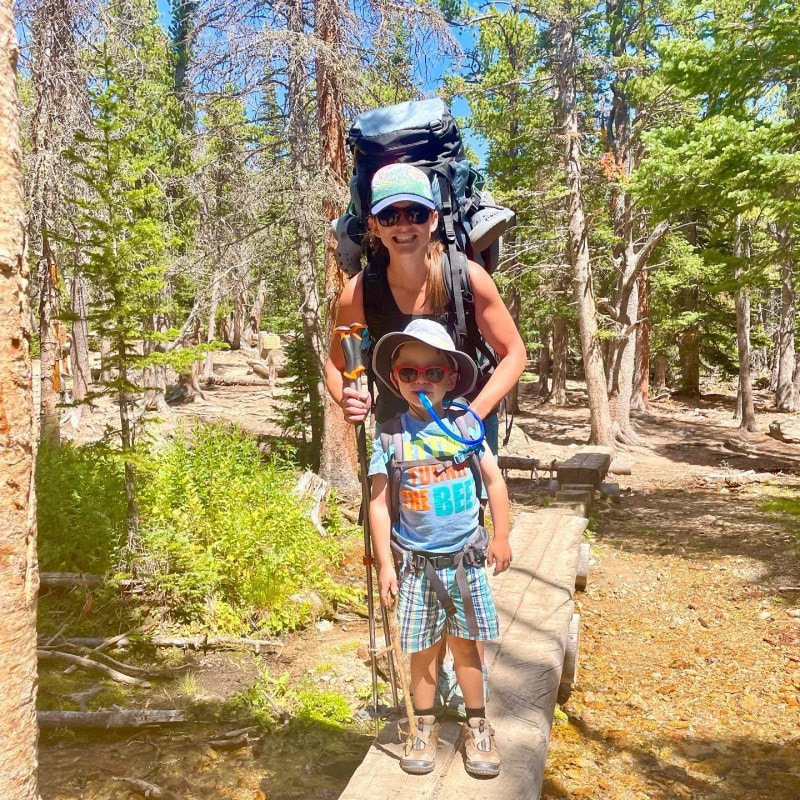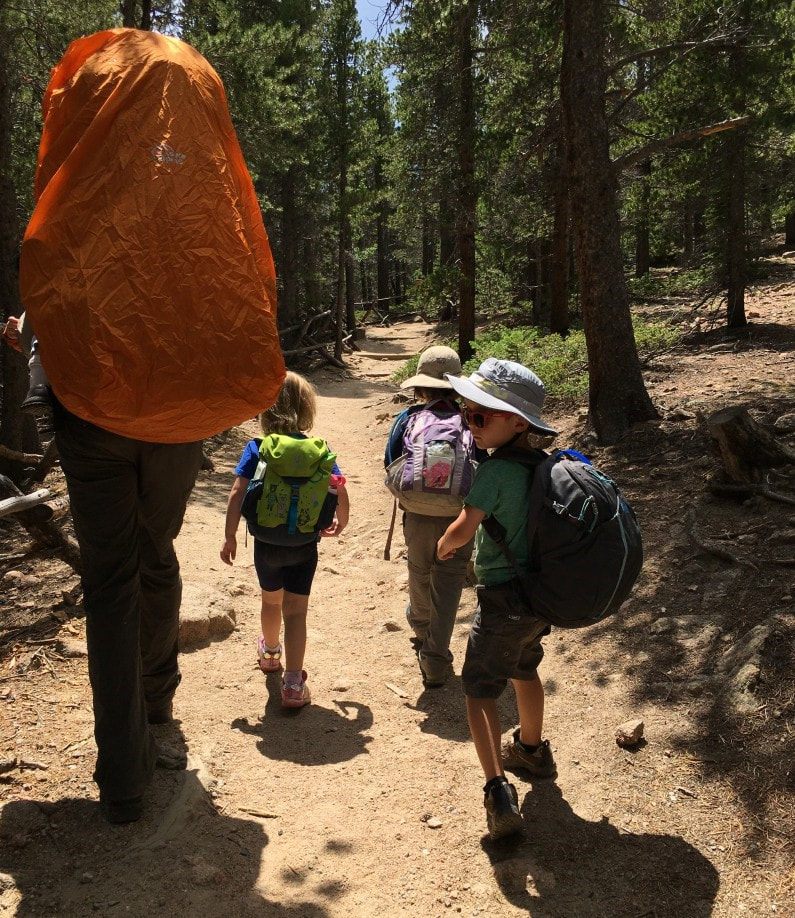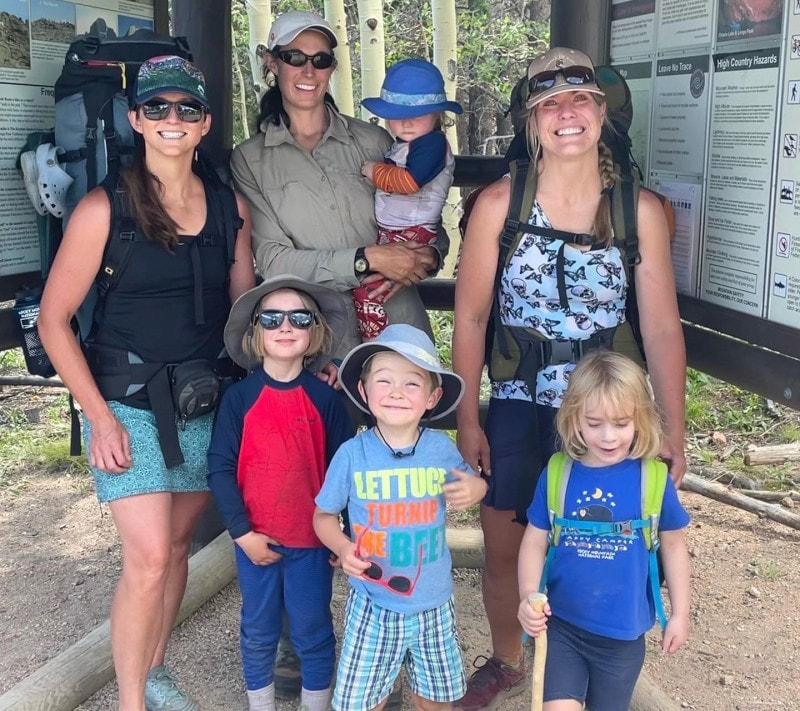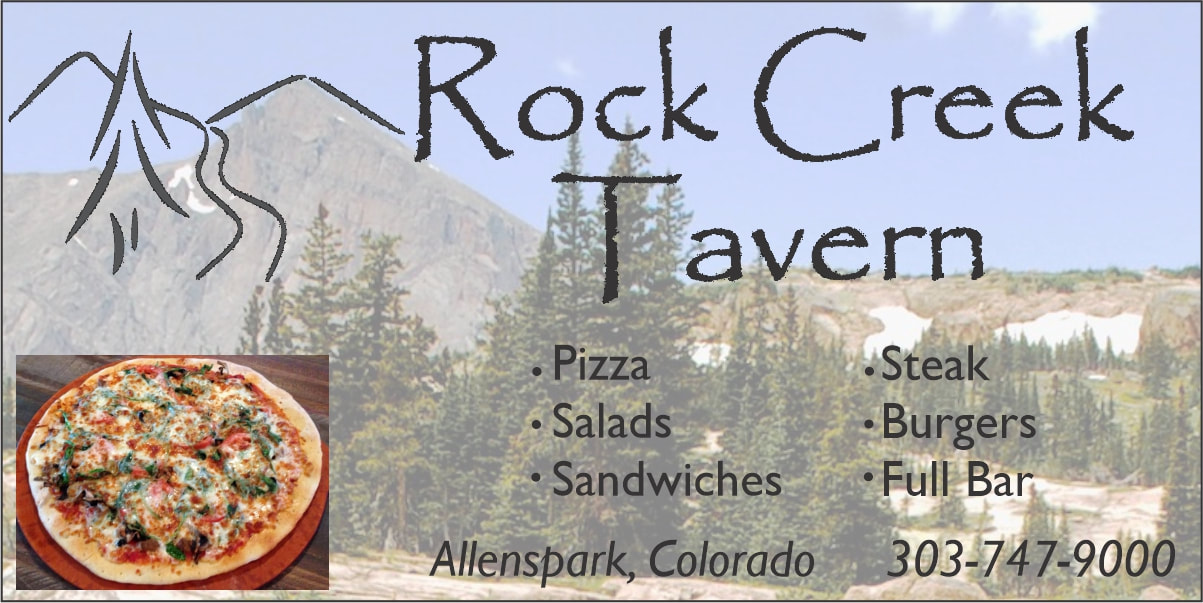|
Edited by Barb Boyer Buck, HIKE ROCKY magazine’s managing editor, in partnership with the Art Center of Estes Park Pat Sebern is the current featured artist at the Art Center of Estes Park with her show “Blaze of Color” (September 30-November 7). According to her biography, “I lived in Denver and began painting there in the 70’s. During those years I was primarily involved in Western art…especially as it portrayed mountain men and black powder events. “New job opportunities took me to Seattle and then Dallas where my favorite subjects became wildlife and landscapes. “Through these jobs and transitions in creative projects…I have worked in several medias…watercolor and gouache and large canvas murals painted with acrylic. But my two favorite mediums are oil and pastel." Her bio continues: “I find them the most versatile, timeless and inspiring of all the painting disciplines. I have no formal training but over the years have participated in many workshops and taught several classes. “In the past 3 years, I retired and moved back to Colorado from Texas. Now I am exploring new opportunities to paint, become affiliated with inspiring groups of artists, and enjoying the beautiful scenery that Colorado has in abundance. One rule I always try to follow…make sure the paint water and the coffee mug are far apart!” On a crystal-clear day in mid-October, HIKE ROCKY magazine was lucky enough to film Pat as she painting “en plein air” (in the open air) at Lily Lake. Her intricate, detailed painting featured one of her favorite subjects to paint - Colorado aspen. The next day, HIKE ROCKY visited Pat at the Art Center, where she was volunteering. She gave us a tour of her show. Both videos are available to view on the following page. The Art Center of Estes Park is located in Upper Stanley Village (across the parking lot from Safeway) and will be hosting a new show that opens on November 11 featuring the photographic collage art of Laura Davis of Estes Park. “Colossal and Intimate: Nature, Abstraction, Imagination Through The Artist's Lens” will run through December 19. For more information on the Art Center’s upcoming art shows, classes, and events, visit https://www.artcenterofestes.com/ This piece was produced in partnership with the Art Center of Estes Park.
0 Comments
Story and photos by Chris Reveley for HIKE ROCKY magazine Editor’s note: The Tonahutu Trail was reopened on July 9, but closed again on July 21. This hike was taken on July 13, 2022. October 14, 2020: The East Troublesome Creek Fire was first reported, burning in the hills, northeast of Kremmling, Colorado. Pushed eastward by high winds, the blaze would leave two people dead and consume hundreds of structures in its path. Entering the National Park, the fire quickly burned halfway up the North Inlet valley and through the entire Tonahutu Creek drainage. Reaching tree line and lacking fuel, the fire's aerial acrobatics allowed it to vault over more than a mile of dry, grassy tundra to re-establish itself east of the Continental Divide. High winds continued and Estes Park was evacuated. The flames marched to within two miles of the town's west boundary. The Tonahutu trail starts near the summit of Flattop Mt. and travels northwest across the tundra before descending toward Grand Lake, passing through some the worst of the Park's fire damage. It had been closed to hikers and backcountry campers since the fire; blocked by many fallen trees and threatened by the still-standing, blackened skeletons of others, the trail was unsafe and impassable. Bridges, signs and hitching rails were destroyed. In July, after almost two years of restoration and rebuilding by determined RMNP trail crews, the Tonahutu trail was reopened to the public. I wanted to see it for myself. The shortest hiking route from the Park's east side to the west is about 15.5 miles and starts at Bear Lake with 4.4 miles up steep, rocky terrain on the Flattop Trail. With a reliable headlamp (and a backup!) I always do the first few miles in the dark, timing my arrival at tree line with the sunrise. Over the last 50 years I've taken scores of photos from this area; sun peeking up over the plains, the monolith of Longs Peak brooding to the south, first light touching the Mummy Range. These views never look exactly the same twice so here I am, taking all the same pictures again! Funny. Just past the Flattop summit there's a choice to make; left on the North Inlet trail or right on the Tonahutu. Both trails wander across tundra for a distance, marked by large rock cairns built up by passers-by over many years. Before long, the Tonahutu begins to descend into the valley it will follow to Grand Lake. As I drop down off the treeless tundra, stunning views down the charred valley are revealed. Suddenly, I arrive at the exact place where the fire became air-born and crossed the tundra to reach the Park's east side. This is what I came to see. All the trees are burned, right up to the point where the trail drops into the former forest. But then, something strange: There are a few small groves of big trees above this spot that somehow survived, sandwiched between the complete destruction that came roaring up the valley and the tundra. What would I have seen, standing to the side as the fire passed? Did the steepening slope and the rising winds cause the firestorm to ascend vertically, going totally atmospheric and missing a few lucky survivors? The next six miles of trail pass through one long graveyard of blackened coniferous hulks, sculpted by flame. Many have been burned almost completely through, leaving me wondering what is keeping them upright? With the first strong wind the trail will likely be covered by burn debris again. Scores of the fallen trees that had blocked the path have been cleanly sawed through and removed by trail crew teams. By the time I reach the Green Mt. trail junction and finish the last couple miles to the parking lot, I've counted at least five newly-constructed bridges, lots of new trail signs and several rebuilt trail segments. I've met Paul, a Park Service employee who is far up the valley, alone, hiking with a large pack. He is surveying backcountry assets, particularly important in the aftermath of the fire. I've stopped to thank the ladies and gentlemen of a trail crew. They look tired. There is nothing particularly glamorous about this work but what they've accomplished is impressive. “We have a lot more to do”, they admit. By the time I arrive at the Green Mt. trailhead, I've taken 70 photos. The blackened forest climbs thousands of feet up the sides of the valley while lush, green undergrowth has returned and covers the low, wet areas. The contrast is startling but hard to capture with my phone's camera. And the damage goes deeper: A Park Service naturalist tells me the fire's extreme high temperatures have sterilized the soil in many places, making any kind of new growth impossible for a long time. Normally, along this traverse of the Park, I would see bighorn sheep, moose, elk and deer. Today, no wildlife at all. Investigations have concluded that the East Troublesome Creek Fire was started by people, not lightning. Was it intentional or accidental? Could those responsible have imagined what the results might be when they started the fire? Here in the bone-dry West, it is probably time to abandon the tradition of a roaring campfire during the dry seasons. Wise management of our natural resources includes education and planning as well as acknowledging our ability to do great harm, accidently or otherwise. How should we respond to those whose neglect or intentional actions damage these fragile terrestrial and atmospheric shells we inhabit? As the species with the greatest intelligence and the greatest negative impact we bear the greatest responsibility. But, again and again, we are failing the Good Stewardship Test. Our relationship with the earth is both loving and abusive, trending more toward the latter as our benign inattention allows environmental disasters to proliferate. It may be that humankind lacks the intelligence, foresight and desire to maintain the planet, happily trading short-term profits for long term survival. If we can't stop poisoning our home, our relatively brief 70-million-year residence on planet Earth will come to a whimpering end, only to be appreciated by other, surviving life forms as a cosmic, not-to-be-repeated experiment in neglect and exploitation. The evidence is in: forest, water and atmosphere are not unlimited resources that will rejuvenate and regenerate faster than we are destroying them. Sadly, environmentalism has become a political issue with a portion of our population denying there's a problem. We elect “leaders” to make wise decisions and, more and more, they are willfully and proudly ignorant, incapable of understanding the issues, much less responding wisely. Again, today, after thousands of adventures of all kinds in RMNP, my passion for the place survives, undiminished. The future of the Park and, indeed, the planet can be bright. It's entirely up to us.  Chris Reveley has spent 50 years climbing and doing endurance sports; and, thirty years learning and practicing medicine. “Now I’m a Happy House Husband with hobbies,” he said. The publication of this piece of independent and local journalism was made possible by Erik Stensland's Images of RMNP and The Country Market, both of Estes Park.
Story and photos by Rebecca Detterline, Estes Park “Auntie, my legs are feeling tired. Can you carry me?” Of course my niece, Adeline, is completely oblivious to the fact that I am already carrying a 45-pound backpack and both of my hands are occupied with the trekking poles I am using in an attempt to keep myself from tripping and falling, adding more scrapes and bruises to the bodily evidence of my backcountry clumsiness. At first, indulging this small request on short hikes seems harmless. Like a candy bar in the grocery store checkout line, it could quickly de-escalate a meltdown or even prevent one altogether. Additionally, unlike a trip to get groceries, a trip into the backcountry with children is totally optional and perhaps even self- serving for the adults organizing it. A child screaming to go home in the middle of a trail only half a mile from the trailhead doesn't exactly make me look like Auntie of the Year. I remind myself that she has done this to me on several summer backpacking trips and backcountry winter hut trips and that she always has an absolute blast once she arrives at the destination with her friends. She sobbed her eyes out while I shoveled M&Ms and gummy bears into her mouth on her first chair lift rides and now she loves them. She even had the audacity to look me straight in the eyes at water park and say, “Little girls never get to do anything fun." I am the adult here and I like to believe that my thought process is a bit more rational than that of a four-year- old. “No, buddy. My pack is too heavy and you are big girl now and you're going to have to walk to the campsite.” I feel sorry for interrupting the quiet solitude for the hikers passing by during her complete and utter emotional meltdown, and of course I feel a twinge of embarrassment as passersby look on with sympathy and what I imagine to be complete disapproval. In one minute, they will be several yards up the trail, enjoying their hike once more. I, on the other hand, hope to be hiking, camping and skiing with this child for the course of her outdoor upbringing and hopefully the rest of her life. So, my first piece of advice is: Let 'em scream. It's embarrassing and cringe-worthy and people might look down on you, but you are setting a precedent here and you need to stand your ground. My second tip strays a bit from the approach I just spent several paragraphs defending. Your job as the adult is to get this child to walk or run or gallop or cartwheel all the way to the campsite by whatever means necessary. Bribery with snacks has proven to be a highly effective strategy and the kids are burning through the calories like little hummingbirds anyway. For some kids, dried strawberries and organic crackers will motivate them for miles. Adeline requires sour gummy worms, chocolate and Teddy Grahams to maintain a pace of one half mile per hour. Speaking of pace, it is probably not going to be brisk. As an adult, I like to put my head down, hike quickly to camp, get my backpack off and start enjoying my time in the woods. Hiking with a child brings enjoying the journey rather than solely focusing on the destination to a whole new level. Every boulder, bog bridge and dilapidated cabin is an adventure waiting to happen. I've found the best strategy is to let the kids stop and really play a couple of times along the route. On a recent trip to the Moore Park campsite, we stopped at the Eugenia Mine for an hour on the way in and out. Once at camp, kids are pretty quick to entertain themselves. Sticks and rocks and imagination combined go a long way. I always bring a tarp and parachute cord to build a shelter in case of rain. A lightweight hammock is always a hit and books are great for winding down at bedtime. A string of battery-powered LED lights create a nice ambient light for kids who like to sleep with a night light. The one children's gear splurge that I absolutely swear by is the Big Agnes sleep system. The integrated sleeping pad sleeve keeps kiddos from sliding around and the bags are rated to 15 degrees. However, there is no need to spend a bunch of money to get your kids into the backcountry. Borrow a sleeping bag and sleeping pad from a friend or use of your old ones. Individual sites allow a maximum of seven people and group sites a maximum of twelve. Going with a group is always more fun. The kids can motivate each other by chasing one another down the trail and entertain each other while the adults set up camp, cook and collect water. Wilderness permits for backcountry camping become available on recreation.gov in early March and the most sought-after sites get booked within seconds. However, most child-friendly sites are not highly coveted, and I've had no trouble getting my first or second choice as long as I'm the website the day that reservations open. There were still a good amount of availability for many of these sites in September 2022. There are several sites in Rocky Mountain National Park within two miles of the trailhead. Specific information on all backcountry sites, including distances and elevation gain is available at https://www.nps.gov/romo/planyourvisit/site_details.htm. List of Recommended Campsites for Backpacking with Children: Cow Creek TH: Rabbit Ears, Peregrine Cub Lake TH: Cub Creek Hollowell Park TH: Mill Creek Basin, Upper Mill Creek Sprague Lake or East Portal TH: Wind River Bluff, Over the Hill, Upper Wind River Fern Lake TH: Arch Rock, Old Forest Inn Longs Peak TH: Moore Park, Goblin's Forest Wild Basin TH: Pine Ridge, Tahosa East Inlet TH: East Meadow North Inlet TH: Summerland Park Green Mountain TH: Big Meadows Group  Rebecca Detterline is a lover all things RMNP. She is a wildflower aficionado whose favorite hiking destinations are alpine lakes and waterfalls. Her name can be found in remote summit registers in Wild Basin and beyond. Originally from Minnesota, she has lived in Allenspark since 2011. The publication of this article was made possible by Rock Creek Tavern and Pizzeria of Allenspark and MacGregor Mountain Lodge of Estes Park.
|
Categories
All
|
© Copyright 2025 Barefoot Publications, All Rights Reserved

